Atorec-10 Tablet 10's
MRP ₹51.5
(Inclusive of all Taxes)
₹7.7 Cashback (15%)
Selected Pack Size:10
10 ₹46.4
(₹4.64 per unit)
In Stock
Provide Delivery Location
Online payment accepted
 Prescription drug
Prescription drugWhats That
Composition :
Manufacturer/Marketer :
Consume Type :
Expires on or after :
Return Policy :
NPPA :
About Atorec-10 Tablet
Atorec-10 Tablet belongs to a class of medications called statins to treat raised cholesterol levels in our body. Atorec-10 Tablet helps lower the level of low-density lipoprotein (LDL) or bad cholesterol in the blood and increase the level of high-density lipoprotein (HDL) or good cholesterol. Dyslipidaemia is the deposition of unhealthy fat (lipid) levels in the blood. In this condition, there is always a high level of low-density lipoprotein (LDL or bad cholesterol), triglycerides (TG) and a low level of high-density lipoprotein (HDL or good cholesterol).
Atorec-10 Tablet contains 'Atorvastatin' which works by slowing the production of cholesterol in the body to decrease the amount of cholesterol that may build up on the arteries walls and block blood flow to the heart, brain, and other parts of the body. Atorec-10 Tablet helps to decrease the production of cholesterol that may build up in the blood vessels (arteries) of the heart, brain, and other parts of the body. Lowering cholesterol levels helps prevent heart diseases such as heart attacks and strokes in the future. Atorec-10 Tablet can also be prescribed for people with a family history of raised cholesterol in coronary heart disease or long-term health conditions of type 1, type 2 diabetes, or rheumatoid arthritis.
The prescribed dose of Atorec-10 Tablet is daily once a day at the same time. Your doctor will advise you on how often you take your tablets based on your medical condition. You can take Atorec-10 Tablet with food or without food. It should be swallowed whole with a glass of water. Do not chew, bite, or break it. In a few cases, you may experience allergic reactions, hyperglycaemia (excess of glucose in the bloodstream), headache, vision blurred, pain, constipation, nausea, diarrhoea, muscle spasms, joint swelling, and back pain. Most of these side effects of Atorec-10 Tablet do not require medical attention and gradually resolve over time. Consult your doctor immediately if you have yellowing eye/skin (jaundice), dark urine, or repeated unexplained muscular pain.
Atorec-10 Tablet may cause a breakdown of skeletal muscle tissue, leading to kidney failure. This condition usually occurs in the elderly, people with kidney disease, and poorly controlled hypothyroidism (underactive thyroid). Atorec-10 Tablet should not be prescribed to children less than ten years of age. You should contact a doctor before if you have had an allergic reaction to Atorec-10 Tablet , have liver or kidney problems, pregnant or planning to get pregnant, are breastfeeding, have severe lung disease, have a previous heart attack or stroke caused by bleeding in the brain, have hypothyroidism, drink more than two servings of alcohol per day and have a muscle disorder (fibromyalgia). The efficiency of Atorec-10 Tablet can be increased by taking low-fat or cholesterol-containing food and drinks.
Uses of Atorec-10 Tablet
Directions for Use
Key Benefits
Atorec-10 Tablet taken with dietary measures helps treat high cholesterol, especially for heart patients when initial dietary measures fail to lower cholesterol. It helps lower the bad cholesterol (LDL) and increases the level of good cholesterol (HDL) in the state of dyslipidaemia or hyperlipidaemia. Atorec-10 Tablet is considered more effective compared to other statins. Atorec-10 Tablet also lowers the amount of fat or cholesterol deposition (plaque) in the heart's arteries, thereby reducing the chance of having a heart attack or stroke in the future.
Storage
- Inform Your Doctor: Notify your doctor immediately about your diarrhoea symptoms. This allows them to adjust your medication or provide guidance on managing side effects.
- Stay Hydrated: Drink plenty of fluids to replace lost water and electrolytes. Choose water, clear broth, and electrolyte-rich drinks. Avoid carbonated or caffeinated beverages to effectively rehydrate your body.
- Follow a Bland Diet: Eat easy-to-digest foods to help firm up your stool and settle your stomach. Try incorporating bananas, rice, applesauce, toast, plain crackers, and boiled vegetables into your diet.
- Avoid Trigger Foods: Steer clear of foods that can worsen diarrhoea, such as spicy, fatty, or greasy foods, high-fibre foods, and dairy products (especially if you're lactose intolerant).
- Practice Good Hygiene: Maintain good hygiene to prevent the spread of infection. To stay healthy, wash your hands frequently, clean and disinfect surfaces regularly, and avoid exchanging personal belongings with others.
- Take Anti-Diarrheal Medications: If your doctor advises, anti-diarrheal medications such as loperamide might help manage diarrhoea symptoms. Always follow your doctor's directions.
- Keep track of your diarrhoea symptoms. If they don't get better or worse or are accompanied by severe stomach pain, blood, or dehydration signs (like extreme thirst or dark urine), seek medical help.
- Abnormal liver function requires immediate medical attention. Your doctor may recommend lifestyle modifications along with needed medication.
- Avoid intake of alcohol as it has a direct impact on liver functioning.
- Prevent medications like paracetamol, over-the-counter painkillers or those mentioned by your doctor, as they may have issues getting metabolised in your body.
- If you have overweight issues, losing weight can be a good thing to manage abnormal liver function.
- Cut down the number of fatty foods that are taken daily.
- Please inform your doctor about joint pain symptoms, as they may adjust your medication regimen or prescribe additional medications to manage symptoms.
- Your doctor may prescribe common pain relievers if necessary to treat joint discomfort.
- Maintaining a healthy lifestyle is key to relieving joint discomfort. Regular exercise, such as low-impact sports like walking, cycling, or swimming, should be combined with a well-balanced diet. Aim for 7-8 hours of sleep per night to assist your body in repairing and rebuilding tissue.
- Applying heat or cold packs to the affected joint can help reduce pain and inflammation.
- Please track when joint pain occurs and any factors that may trigger it, and share this information with your doctor to help manage symptoms.
- If your joint pain is severe or prolonged, consult a doctor to rule out any underlying disorders that may require treatment.
- Take medications with food (if recommended): It can help prevent stomach distress and indigestion.
- Eat smaller, more frequent meals: Divide daily food intake into smaller, more frequent meals to ease digestion.
- Avoid trigger foods: Identify and avoid foods that trigger indigestion, such as spicy, fatty, or acidic foods.
- Stay upright after eating: Sit or stand upright for at least 1-2 hours after eating to prevent stomach acid from flowing into the oesophagus.
- Avoid carbonated drinks: Avoid drinking carbonated beverages, such as soda or beer, which can worsen indigestion.
- Manage stress: To alleviate indigestion, engage in stress-reducing activities like deep breathing exercises or meditation.
- Consult a doctor if needed: If indigestion worsens or persists, consult a healthcare professional to adjust the medication regimen or explore alternative treatments.
- Inform your doctor about the nausea and discuss possible alternatives to the medication or adjustments to the dosage.
- Divide your daily food intake into smaller, more frequent meals to reduce nausea.
- Opt for bland, easily digestible foods like crackers, toast, plain rice, bananas, and applesauce.
- Avoid certain foods that can trigger nausea, such as fatty, greasy, spicy, and smelly foods.
- Drink plenty of fluids, such as water, clear broth, or electrolyte-rich beverages like coconut water or sports drinks.
- Use ginger (tea, ale, or candies) to help relieve nausea.
- Get adequate rest and also avoid strenuous activities that can worsen nausea.
- Talk to your doctor about taking anti-nausea medication if your nausea is severe.
- Record when your nausea occurs, what triggers it, and what provides relief to help you identify patterns and manage your symptoms more effectively.
Drug Warnings
Atorec-10 Tablet may cause a breakdown of skeletal muscle tissue, leading to kidney failure. This condition usually occurs in the elderly, people with kidney disease, and poorly controlled hypothyroidism (underactive thyroid). Atorec-10 Tablet should not be prescribed to children less than ten years of age. You should contact a doctor before if you have had an allergic reaction to Atorec-10 Tablet , have a liver problem (jaundice, liver cirrhosis), or kidney problems, are pregnant or planning to get pregnant, are breastfeeding, have severe lung disease, have a previous heart attack or stroke caused by bleeding in the brain, have hypothyroidism, drink more than two servings of alcohol per day and have a muscle disorder (fibromyalgia) and damaged muscle tissue (rhabdomyolysis).
Drug-Drug Interactions
Drug-Drug Interactions
Login/Sign Up
Taking Atorec-10 Tablet with Posaconazole can increase the blood levels of Atorec-10 Tablet. This can increase the risk of side effects.
How to manage the interaction:
Although there is an interaction between posaconazole with Atorec-10 Tablet, they can be taken together if advised by your doctor. However, contact the doctor if you experience unexplained muscle pain, weakness, fever, chills, joint pain or swelling, unusual bleeding, skin rash, itching, loss of appetite, fatigue, nausea, vomiting, dark coloured urine, or yellowing of the skin or eyes. Do not discontinue any medications without consulting a doctor.
Coadministration of Nicotinamide with Atorec-10 Tablet can increase the risk and severity of side effects like rhabdomyolysis (breakdown of skeletal muscle) or kidney damage.
How to manage the interaction:
Taking Nicotinamide with Atorec-10 Tablet together is used with caution as it can result in an interaction, it can be taken if a doctor has advised it. However, if you notice any unexplained muscle pain, muscle stiffness or tenderness, fever, dark-colored urine, or weakness, you should contact a doctor immediately. Do not stop using any medications without talking to a doctor.
Using Atorec-10 Tablet together with telithromycin may significantly increase the blood levels of Atorec-10 Tablet.
How to manage the interaction:
Taking Telithromycin with Atorec-10 Tablet together can result in an interaction, but it can be taken if a doctor has advised it. You should seek immediate medical attention if you develop fever, chills, joint pain or swelling, unusual bleeding or bruising, skin rash, itching, loss of appetite, fatigue, nausea, vomiting, dark colored urine, and/or yellowing of the skin or eyes. Do not stop using any medications without talking to a doctor.
Using Atorec-10 Tablet together with nefazodone may significantly increase the blood levels of Atorec-10 Tablet.
How to manage the interaction:
Taking Atorec-10 Tablet with Nefazodone together can result in an interaction, but it can be taken if a doctor has advised it. You should seek immediate medical attention if you develop fever, chills, joint pain or swelling, unusual bleeding or bruising, skin rash, itching, loss of appetite, fatigue, nausea, vomiting, dark colored urine, and/or yellowing of the skin or eyes. Do not stop using any medications without a doctor's advice.
Taking Atorec-10 Tablet with indinavir may considerably raise Atorec-10 Tablet levels in the blood.
How to manage the interaction:
Taking Atorec-10 Tablet and indinavir together can result in an interaction, it can be taken if a doctor has advised it. However, if you experience muscle pain, tenderness, or weakness especially accompanied by fever or dark colored urine, chills, joint pain or swelling, unusual bleeding or bruising, skin rash, itching, loss of appetite, fatigue, nausea, vomiting, dark colored urine, light colored stools, and/or yellowing of the skin or eyes, you should consult the doctor. Do not stop using any medications without talking to a doctor.
Using Atorec-10 Tablet together with troleandomycin may significantly increase the blood levels of Atorec-10 Tablet.
How to manage the interaction:
Taking Atorec-10 Tablet with Troleandomycin together can result in an interaction, but it can be taken if a doctor has advised it. You should seek immediate medical attention if you develop fever, chills, joint pain or swelling, unusual bleeding or bruising, skin rash, itching, loss of appetite, fatigue, nausea, vomiting, dark colored urine, and/or yellowing of the skin or eyes. Do not stop using any medications without a doctor's advice.
Coadministration of Erlotinib with Atorec-10 Tablet can raise the chance of side effects (liver injury and rhabdomyolysis, an uncommon but serious illness that causes the breakdown of skeletal muscle tissue. Rhabdomyolysis occasionally results in kidney injury).
How to manage the interaction:
Taking Erlotinib with Atorec-10 Tablet together can result in an interaction, it can be taken if a doctor has advised it. However, if you notice any unexplained muscle pain, muscle stiffness or tenderness, fever, dark-colored urine, or weakness, you should contact a doctor immediately. Do not stop using any medications without talking to a doctor.
Using Atorec-10 Tablet together with itraconazole may significantly increase the blood levels of Atorec-10 Tablet.
How to manage the interaction:
Coadministration of Atorec-10 Tablet along with itraconazole together can result in an interaction, it can be taken if a doctor has advised it. However, if you experience muscle pain, tenderness, or weakness especially accompanied by fever or dark-colored urine, chills, joint pain or swelling, unusual bleeding or bruising, skin rash, itching, loss of appetite, fatigue, nausea, vomiting, dark-colored urine, light-colored stools, and/or yellowing of the skin or eyes, you should consult the doctor. Do not discontinue any medication without consulting a doctor.
Using Atorec-10 Tablet together with fosamprenavir may significantly increase the blood levels of Atorec-10 Tablet.
How to manage the interaction:
Although there is a possible interaction between Atorec-10 Tablet and Fosamprenavir, you can take these medicines together if prescribed by a doctor. You should seek immediate medical attention if you develop fever, chills, joint pain or swelling, unusual bleeding or bruising, skin rash, itching, loss of appetite, fatigue, nausea, vomiting, dark colored urine, light colored stools, and/or yellowing of the skin or eyes. Do not stop using any medications without talking to a doctor.
Taking Atorec-10 Tablet with nelfinavir may considerably raise Atorec-10 Tablet levels in the blood. This can raise the chance of side effects (liver injury and rhabdomyolysis - an uncommon but serious illness that causes the breakdown of skeletal muscle tissue. Rhabdomyolysis occasionally results in kidney injury).
How to manage the interaction:
Although taking Atorec-10 Tablet and cyclosporine together can result in an interaction, it can be taken if a doctor has advised it. However, if you experience muscle pain, tenderness, or weakness especially accompanied by fever or dark colored urine, chills, joint pain or swelling, unusual bleeding or bruising, skin rash, itching, loss of appetite, fatigue, nausea, vomiting, dark colored urine, light colored stools, and/or yellowing of the skin or eyes, you should consult the doctor. Do not stop using any medications without talking to a doctor.
Drug-Food Interactions
Drug-Food Interactions
Login/Sign Up
Grapefruit Juice
How to manage the interaction:
Consumption of Atorec-10 Tablet with grapefruit juice may elevate Atorec-10 Tablet levels in the blood. This can raise the chance of side effects such as liver injury and rhabdomyolysis, (an uncommon but serious illness that causes the breakdown of skeletal muscle tissue. Rhabdomyolysis occasionally results in kidney injury). Avoid the consumption of grapefruit juice along with Atorec-10 Tablet. If you’re experiencing fever, chills, joint discomfort or swelling, unusual bleeding or bruising, skin rash, itching, lack of appetite, lethargy, nausea, vomiting, dark coloured urine, and/or yellowing of the skin or eyes, contact the doctor immediately.
Diet & Lifestyle Advise
- Try aromatherapy, yoga, meditation to help relax your body and mind.
- Try to do breathing exercises to get more oxygen.
- Eat a healthy diet especially rich in soluble fibre like beans, legumes, whole grain, flax, apples, and citrus fruits.
- Try to replace most of your saturated fats with unsaturated fats that can reduce total cholesterol and LDL cholesterol quickly like avocados, olive oil, fatty fish, and nuts contain lots of heart-healthy unsaturated fats, so it’s beneficial to eat them regularly.
- Try to adopt a Mediterranean-style diet rich in olive oil, fruits, vegetables, nuts, whole grains, and fish, and low in red meat and most dairy.
- Try to give priority to more fruits and veggies in your daily meal as these contain antioxidants which help to lower LDL
- Minimize the intake of added sugar. The American Heart Association (ADA) recommends, one should not eat more than 100 calories (25 grams) of added sugar for women and children, and no more than 150 calories (37.5 grams) for men every day.
- American Heart Association recommends that sodium chloride (table salt) should intake not exceed more than 2,300 mg per day as part of a healthy eating pattern.
- As a precautionary measure, do not consume alcohol and quit smoking.
Side Effects of Atorec-10 Tablet
- Headache
- Blurred Vision
- Muscle Weakness
- Allergic Reactions
- Hyperglycaemia (Excess glucose in the bloodstream)
- Constipation
- Nausea
- Diarrhoea
- Joint Swelling
- Back Pain
Habit Forming
Therapeutic Class
All Substitutes & Brand Comparisons
RX
Lipikind 10 Tablet 15's
Mankind Pharma Pvt Ltd
₹43.5
(₹2.61 per unit)
43% CHEAPERRX
Atrastin 10 Tablet 10's
Auspharma Pvt Ltd
₹45.5
(₹4.55 per unit)
1% CHEAPERRX
Lipvas 10 Tablet 10's
Cipla Ltd
₹51.5
(₹4.64 per unit)
Author Details
We provide you with authentic, trustworthy and relevant information
Drug-Diseases Interactions
Drug-Diseases Interactions
Login/Sign Up
FAQs
Drug-Drug Interactions Checker List
- CEPHALEXIN
- TETRACYCLINE
- GENTAMICIN
- MICONAZOLE
- FLUCONAZOLE
- KETOCONAZOLE
- ABACAVIR
- RETROVIR
- TENOFOVIR DISOPROXIL
- RIBAVIRIN
- ELBASVIR
- CYCLOSPORIN
- AMIODARONE
- VERAPAMIL
- DILTIAZEM
Special Advise
- Suppose muscle fatigue or muscle pain affects your daily activity. Try to contact the doctor if you have muscle weakness or fatigue.
Disease/Condition Glossary
High cholesterol: Cholesterol is a waxy substance produced by the liver to protect nerves, make tissue, and various hormones. Our body also receives cholesterol from food, like cooking oils, eggs, meats, and dairy products. Excess cholesterol is bad for our health. There are two types of cholesterol: ' bad cholesterol' and 'good cholesterol'. Bad cholesterol comprises low-density lipoprotein (LDL) and triglycerides (TG), while good cholesterol consists of high-density lipoprotein (HDL). Usually, there are no specific symptoms of raised or high cholesterol levels but a large deposition of cholesterol in the arteries (plaque) or heart blockage. Blocked artery or plaque formation in the heart's arteries can lead to chest pain (angina), heart attack, or stroke. So it is advisable to have complete cholesterol tests (lipid profile tests) at least once a year. It will help you closely monitor your heart health and risk of heart attack and stroke.

Have a query?
Alcohol
Safe if prescribed
Do not drink too much while taking this medicine. drinking a lot of alcohol you may more likely to get muscle and liver side effects.
Pregnancy
Consult your doctor
Atorec-10 Tablet is not recommended during pregnancy. Contact your doctor before taking Atorec-10 Tablet .
Breast Feeding
Consult your doctor
Breastfeeding is not recommended. Contact your doctor before taking Atorec-10 Tablet .
Driving
Safe if prescribed
Atorec-10 Tablet has negligible influence on the ability to drive and use machines.
Liver
Consult your doctor
Atorec-10 Tablet to be taken with caution, especially if you have a history of Liver diseases/conditions. The dose may have to be adjusted by your doctor.
Kidney
Consult your doctor
Atorec-10 Tablet to be taken with caution, especially if you have a history of Kidney diseases/conditions. The dose may have to be adjusted by your doctor.
Children
Safe if prescribed
Atorec-10 Tablet is not indicated in the treatment of patients below the age of 10 years.
Recommended for a 30-day course: 3 Strips

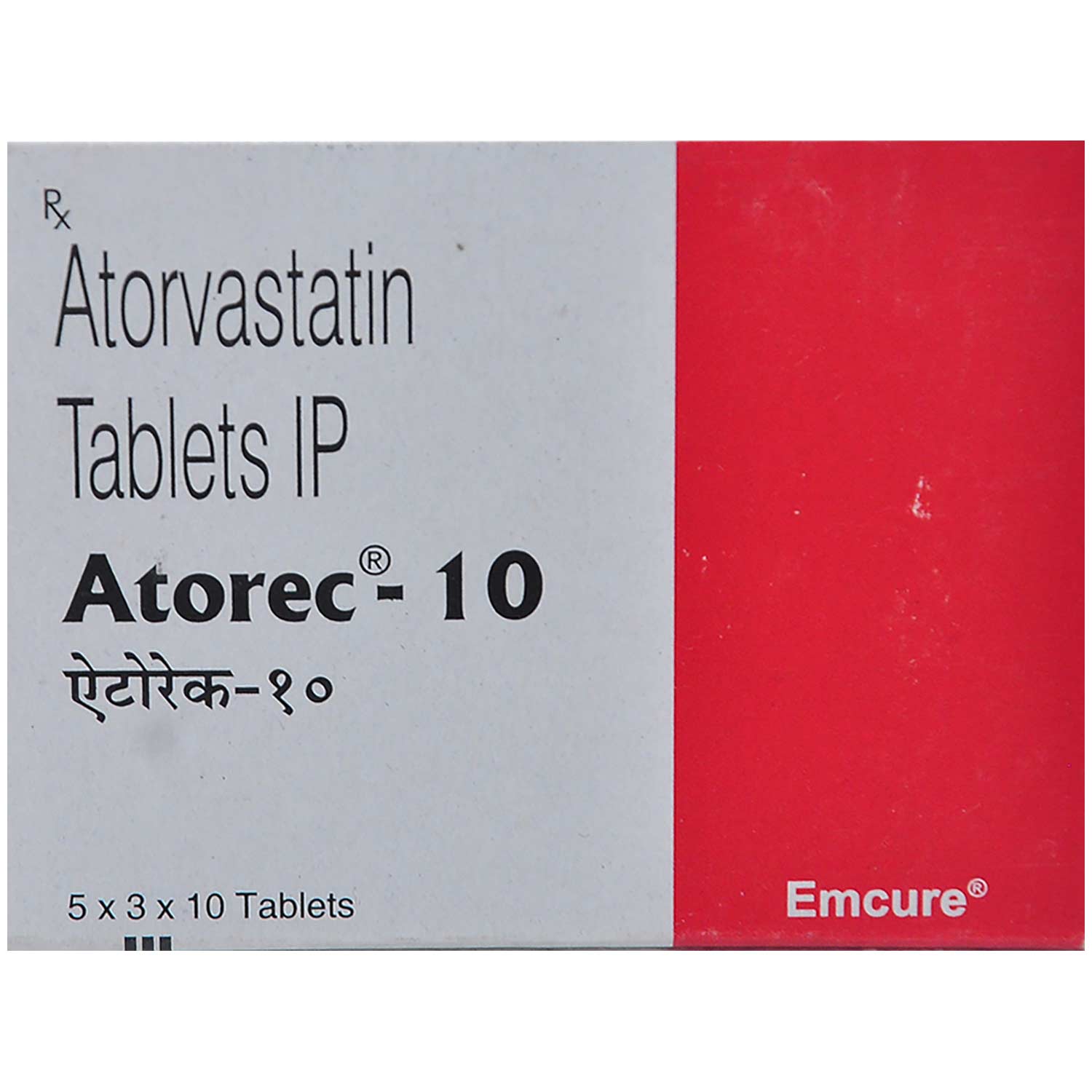
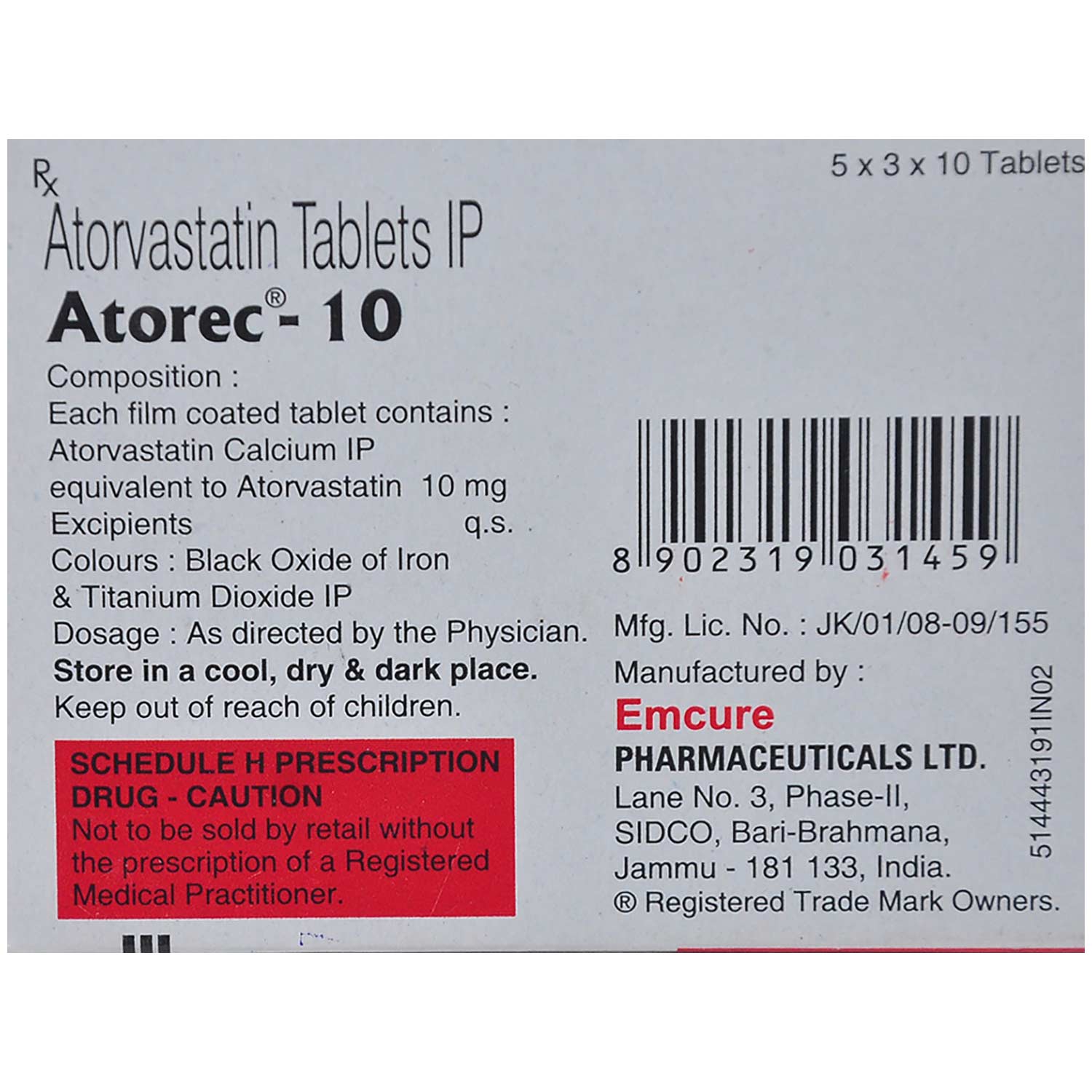





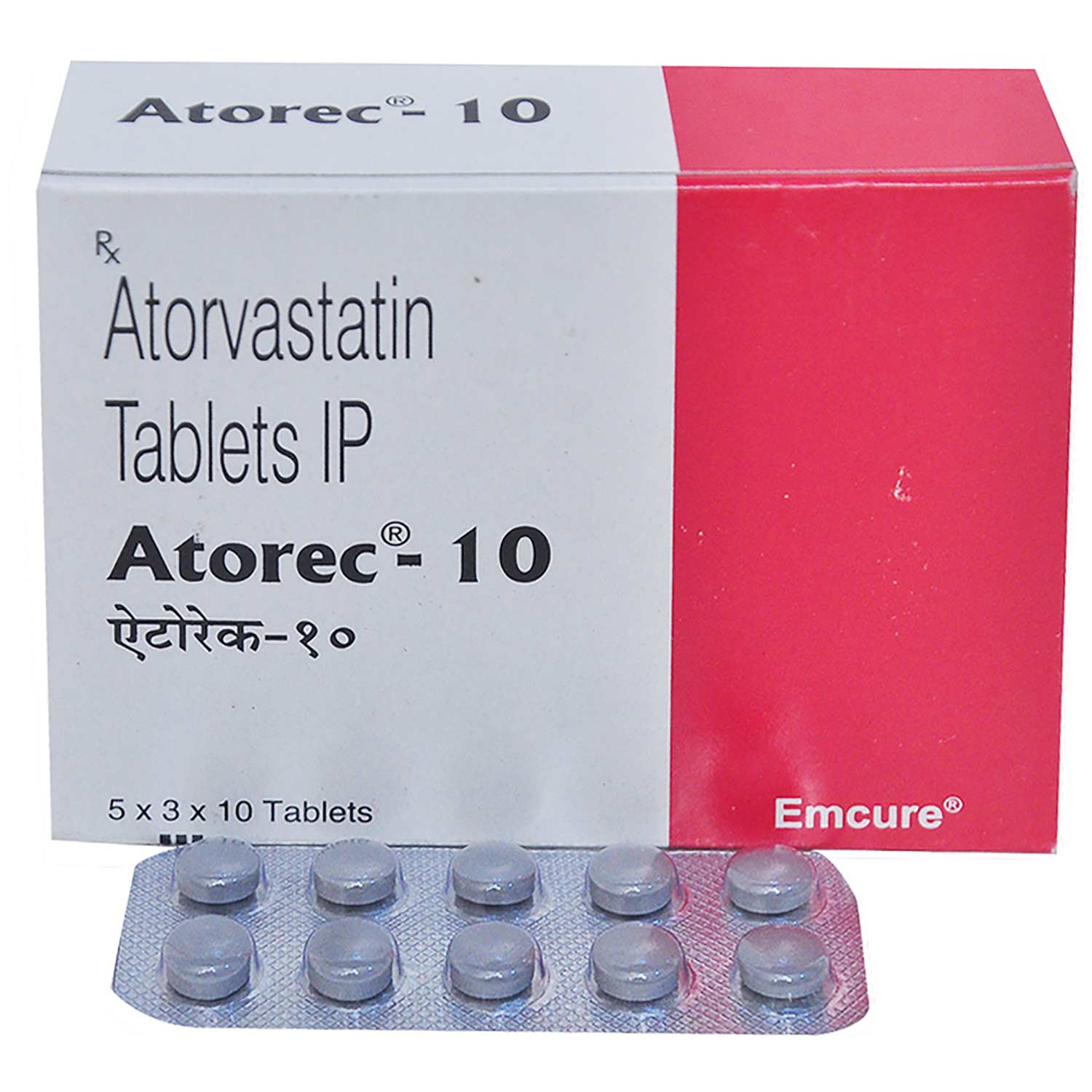
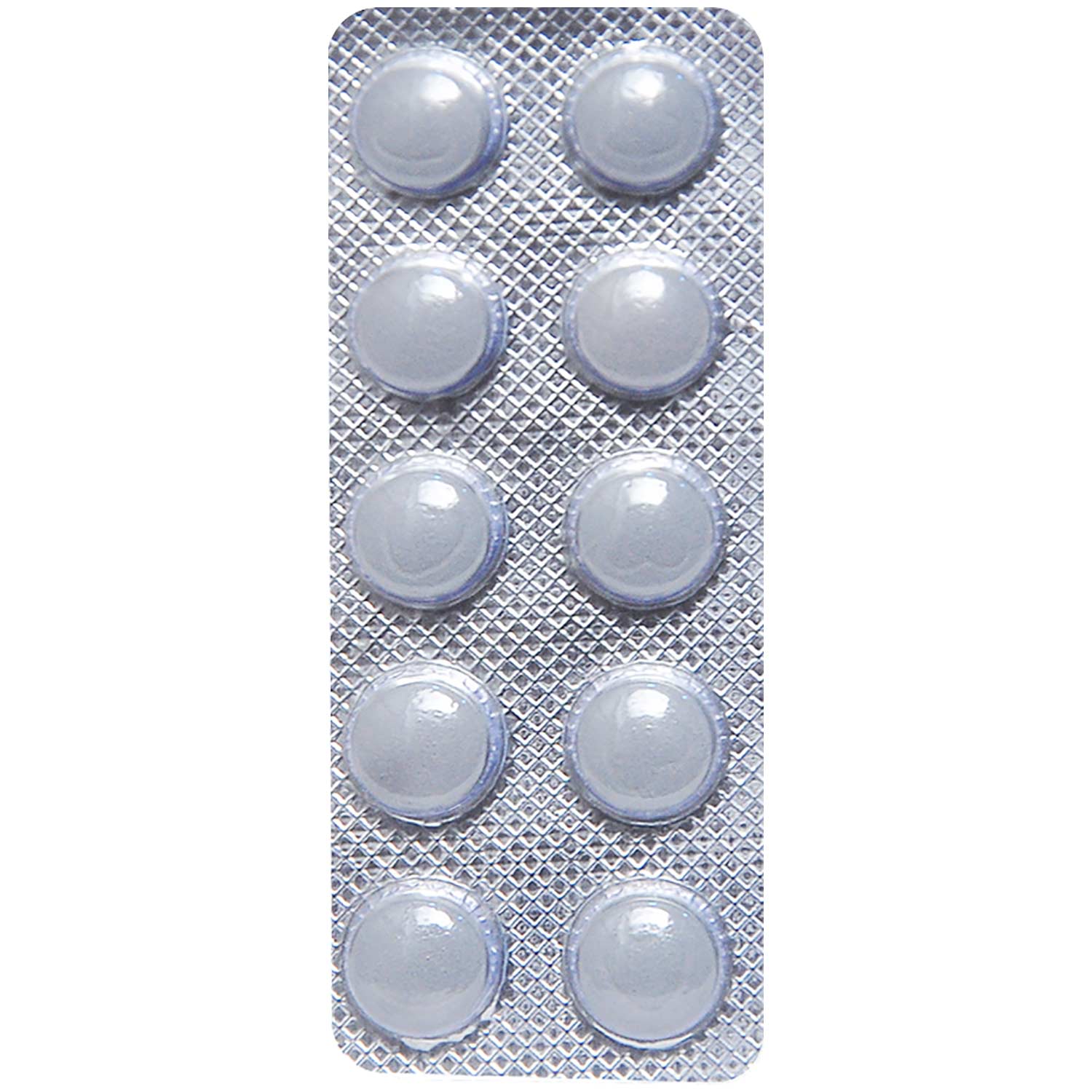
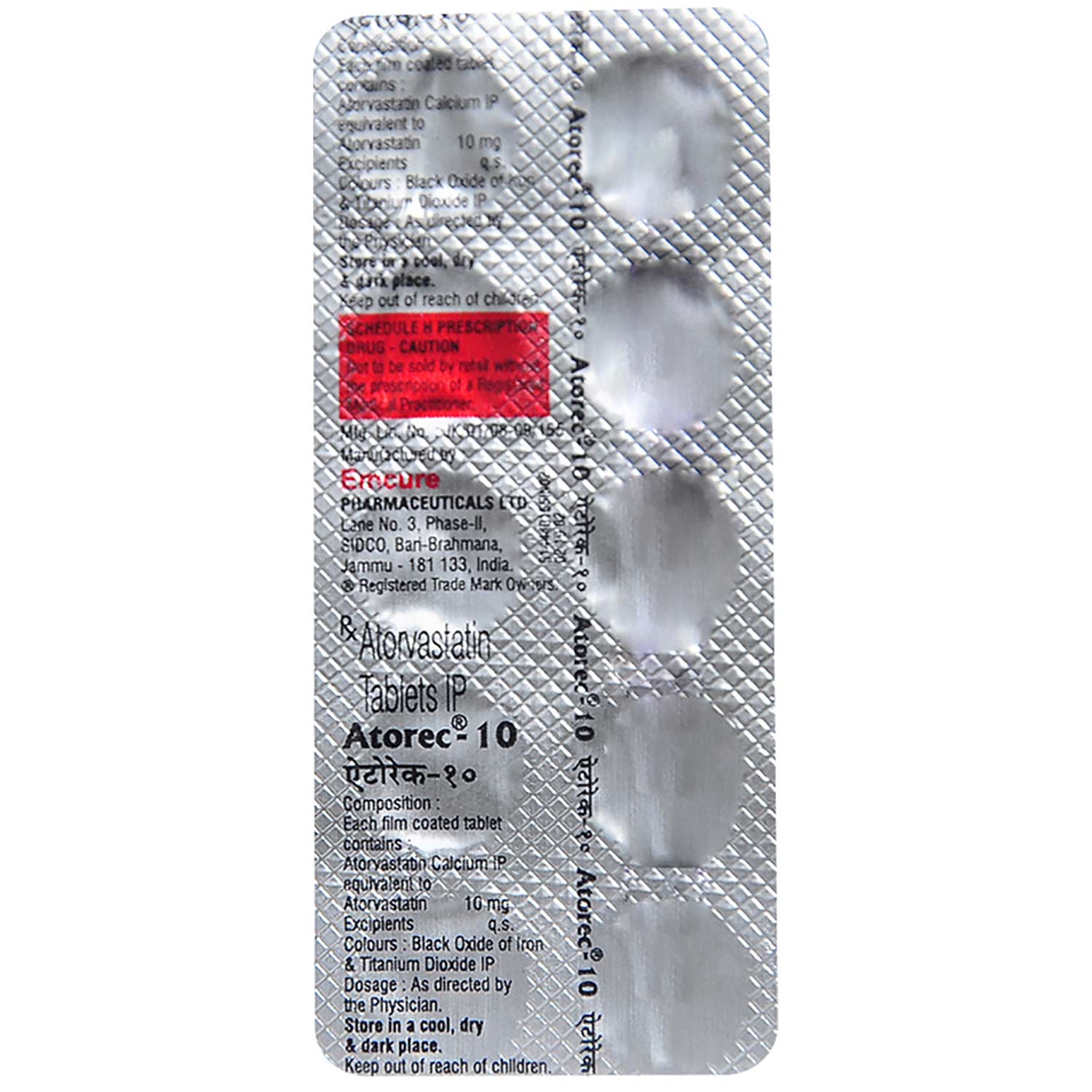

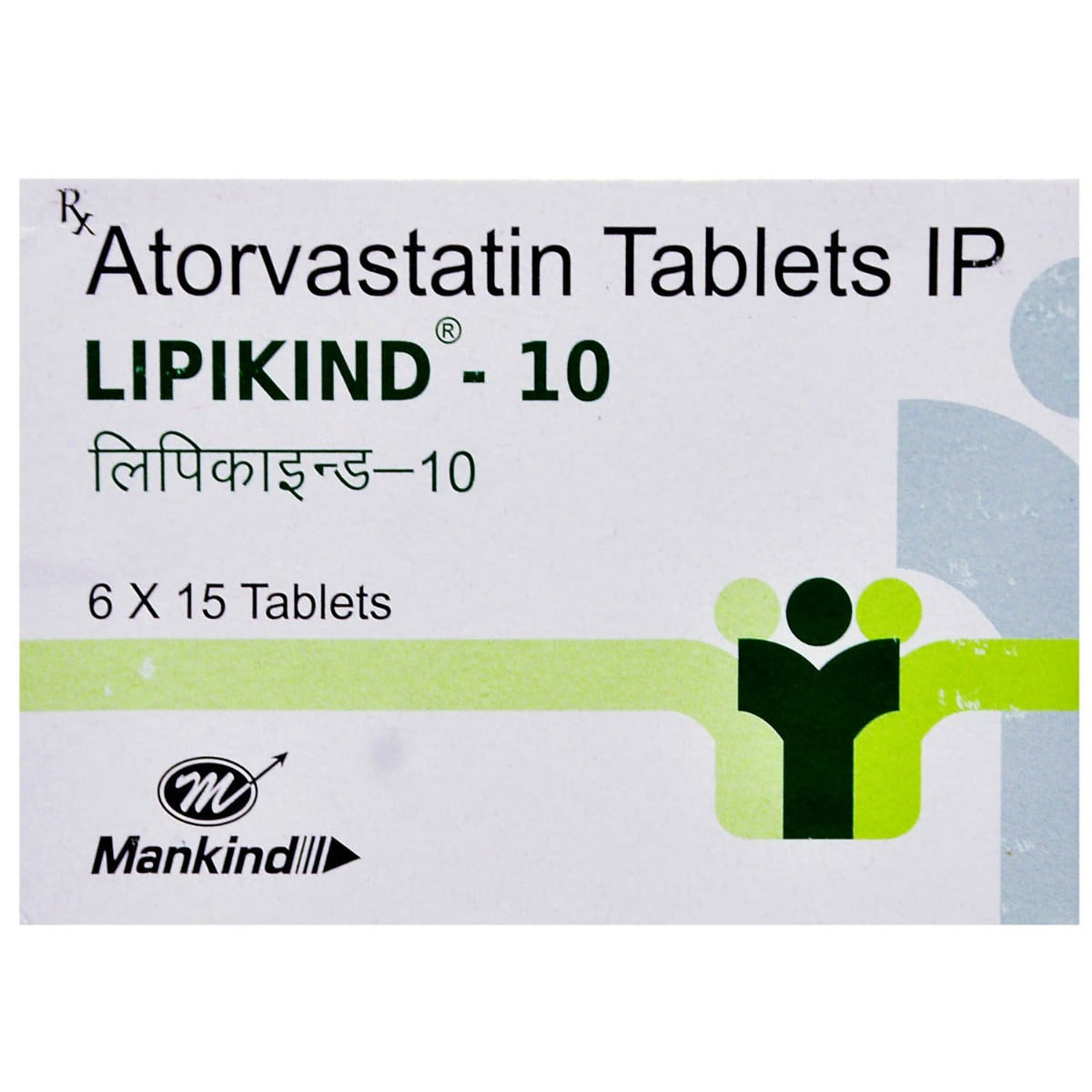

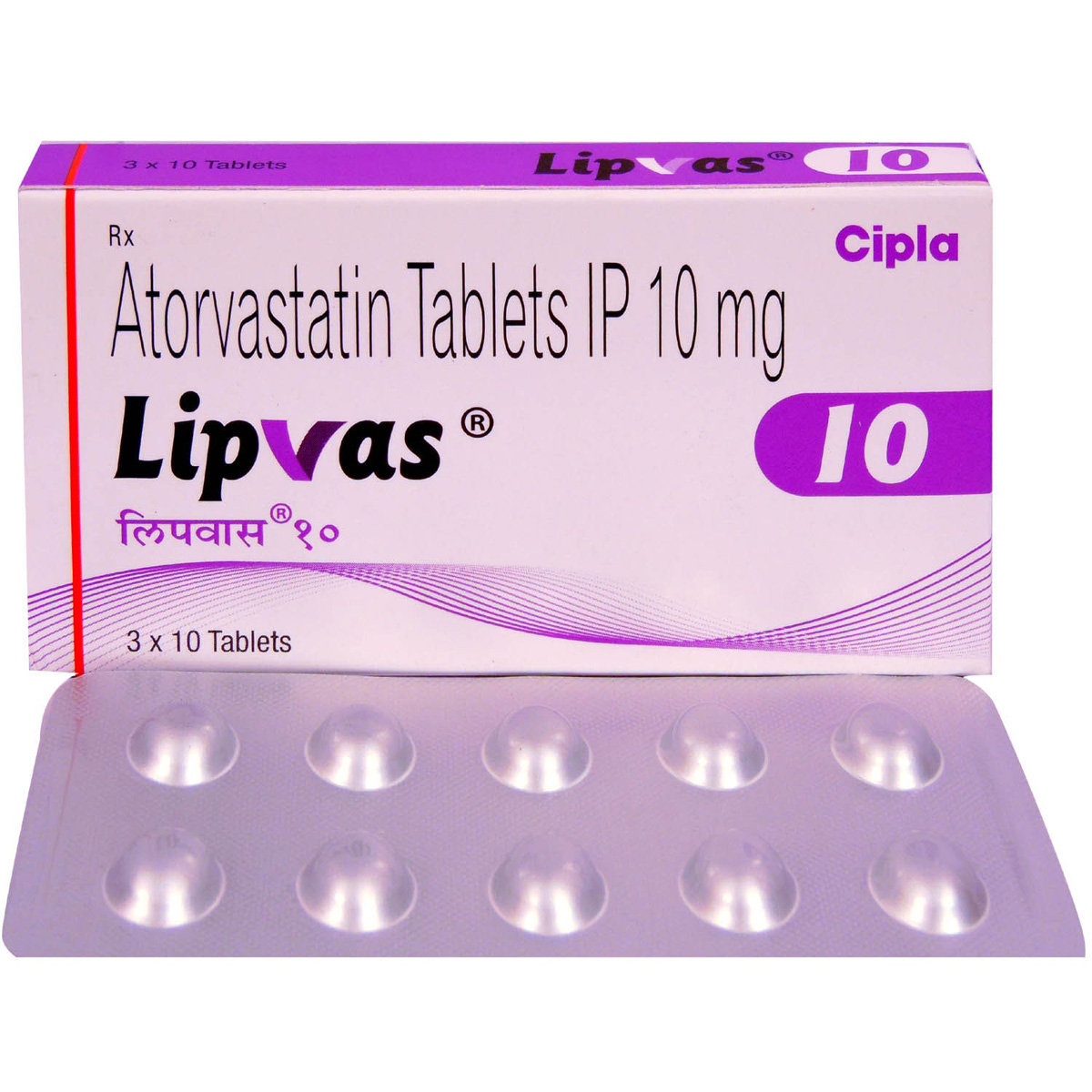
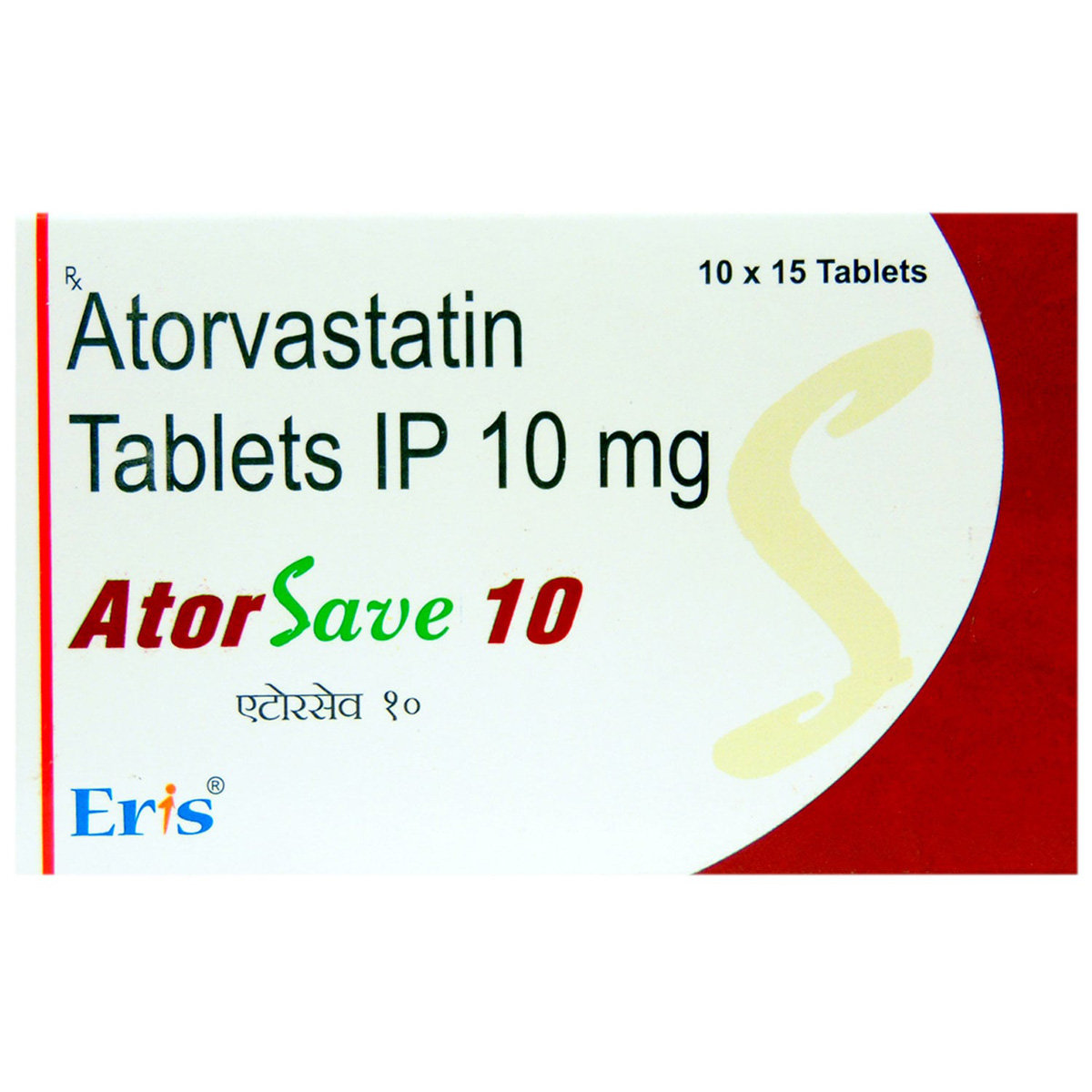
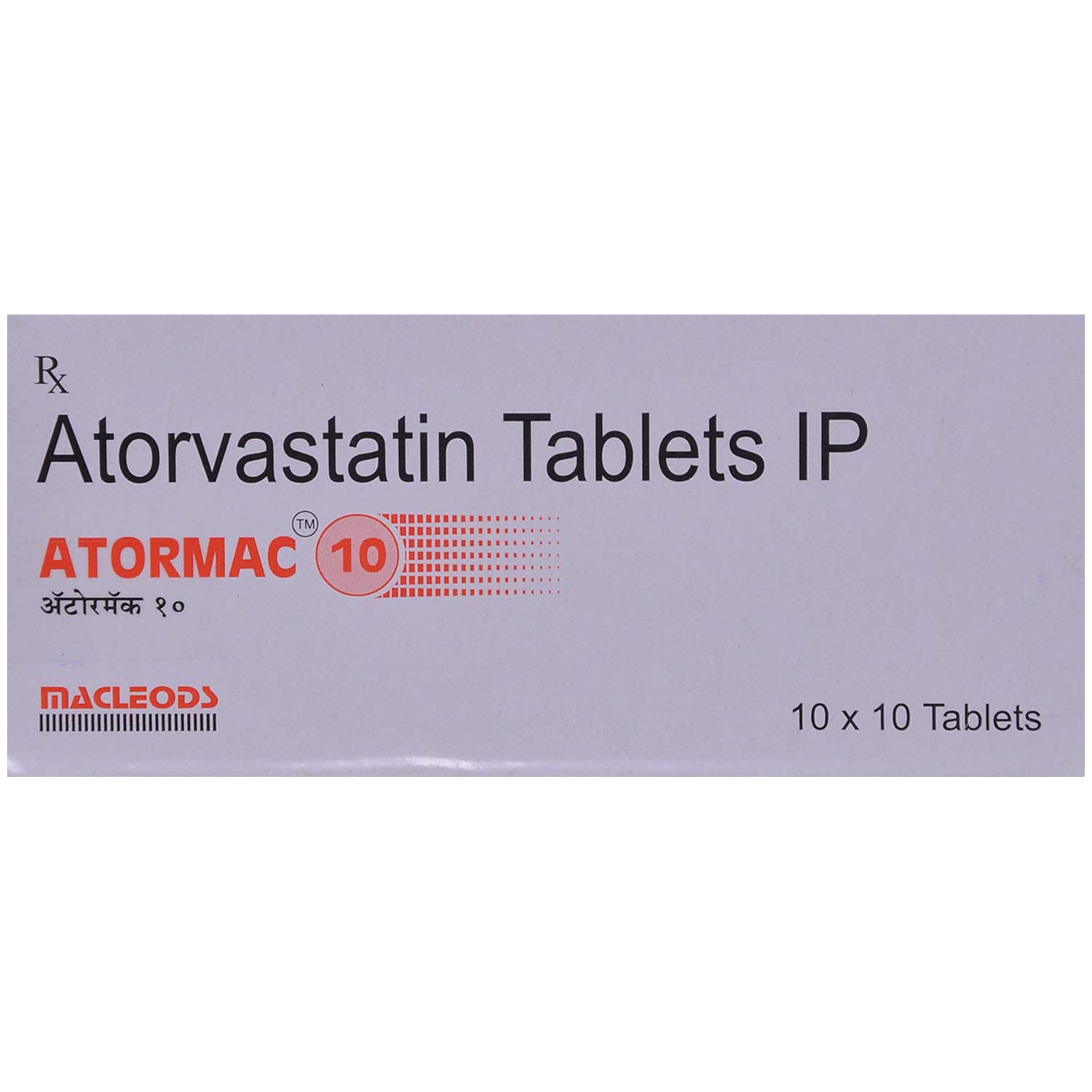
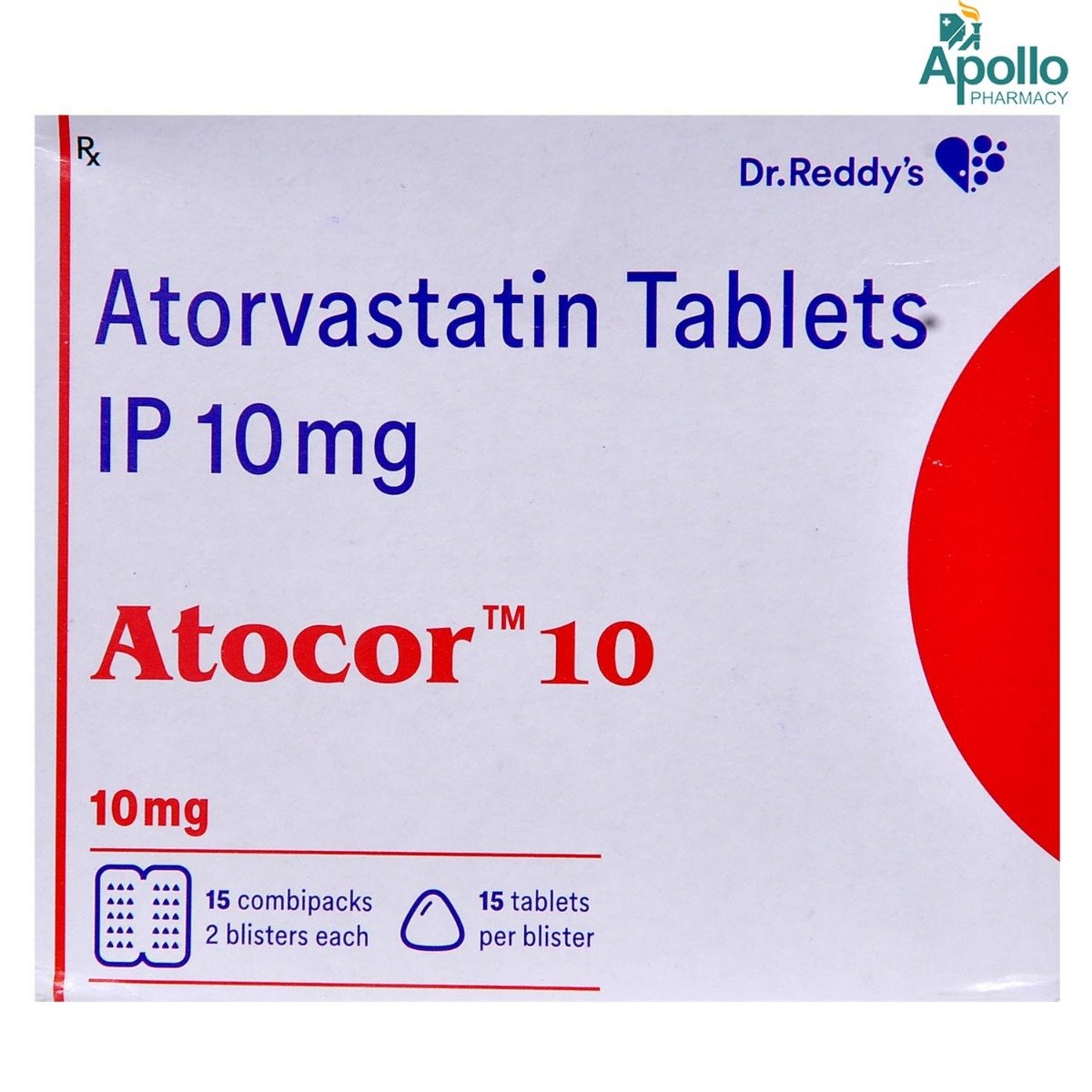
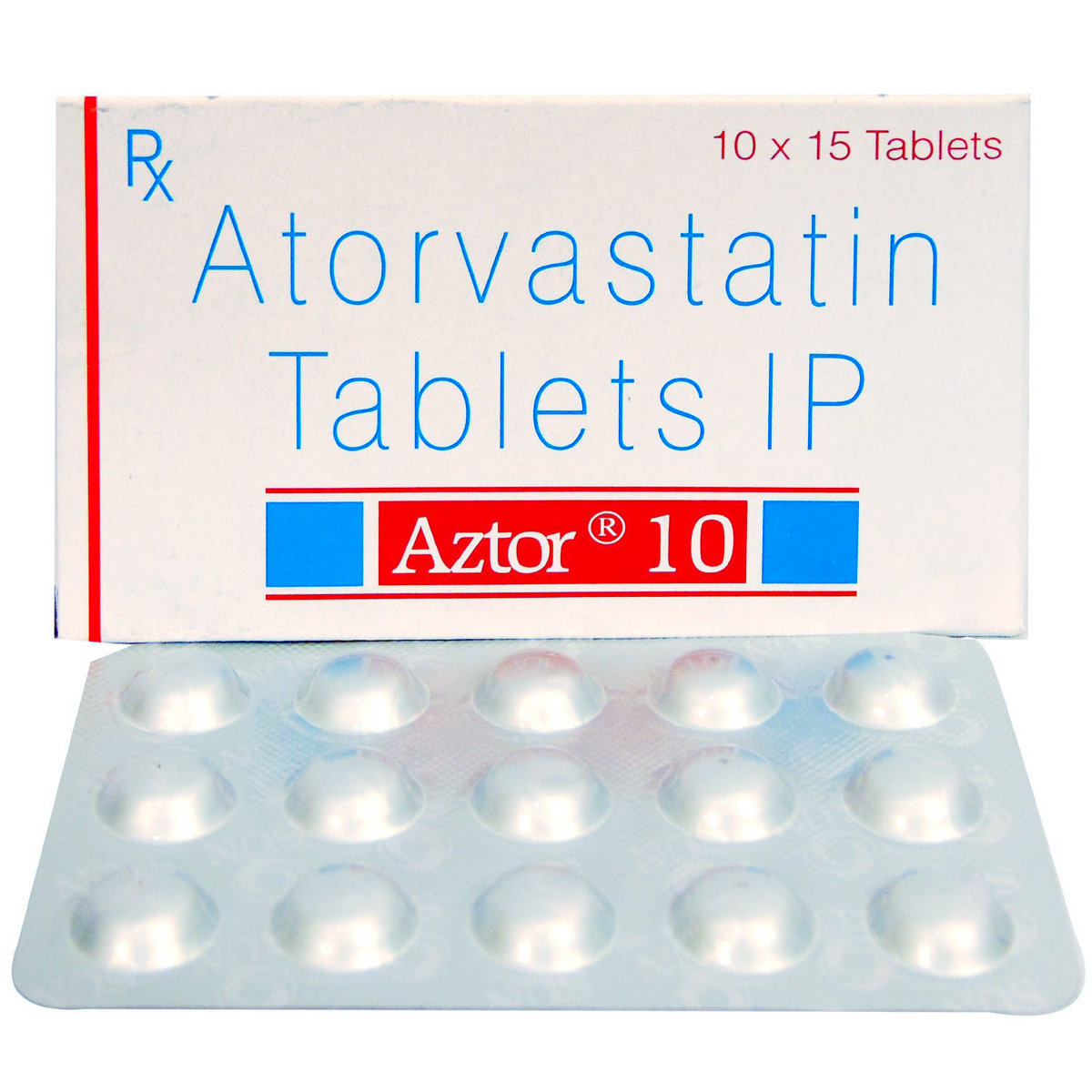
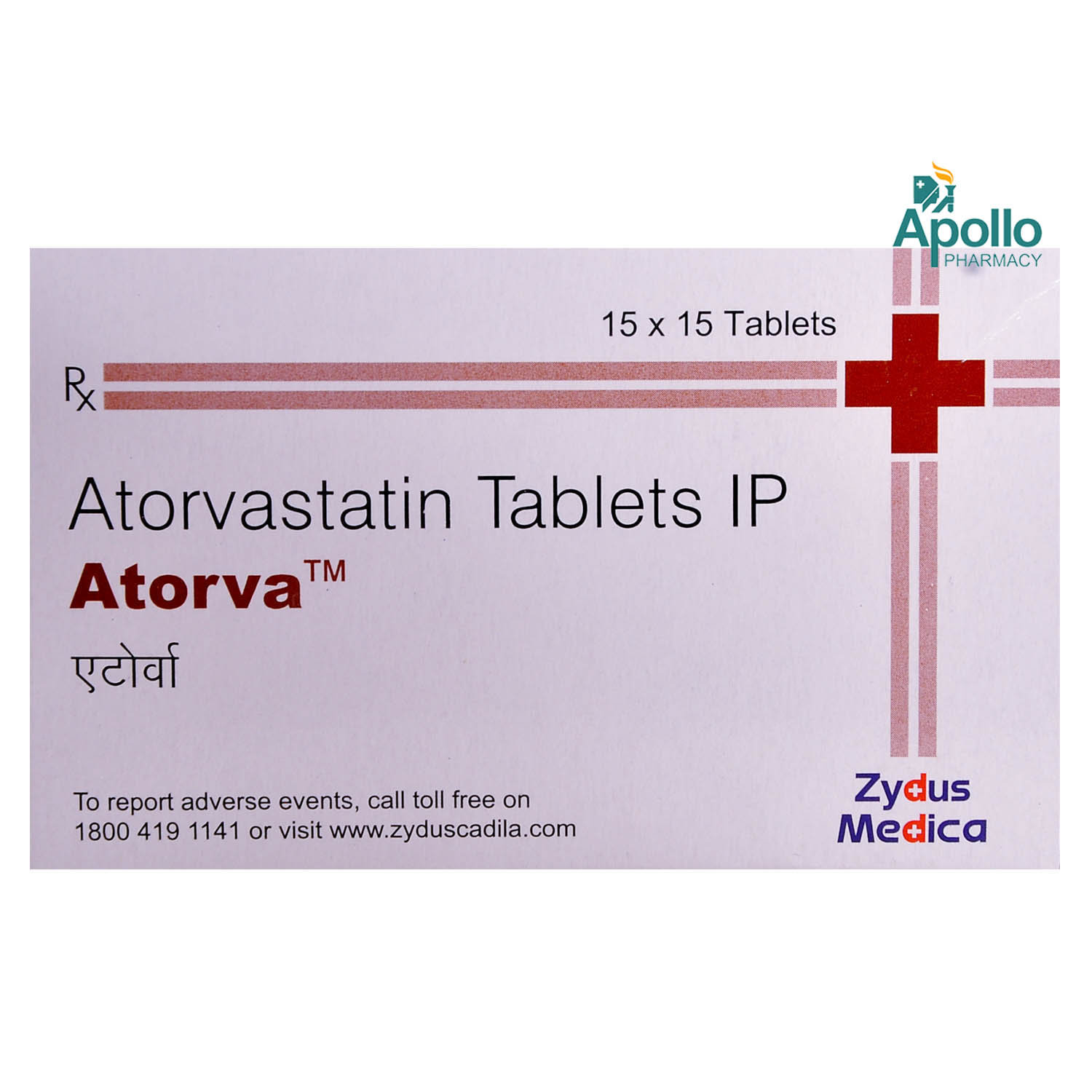
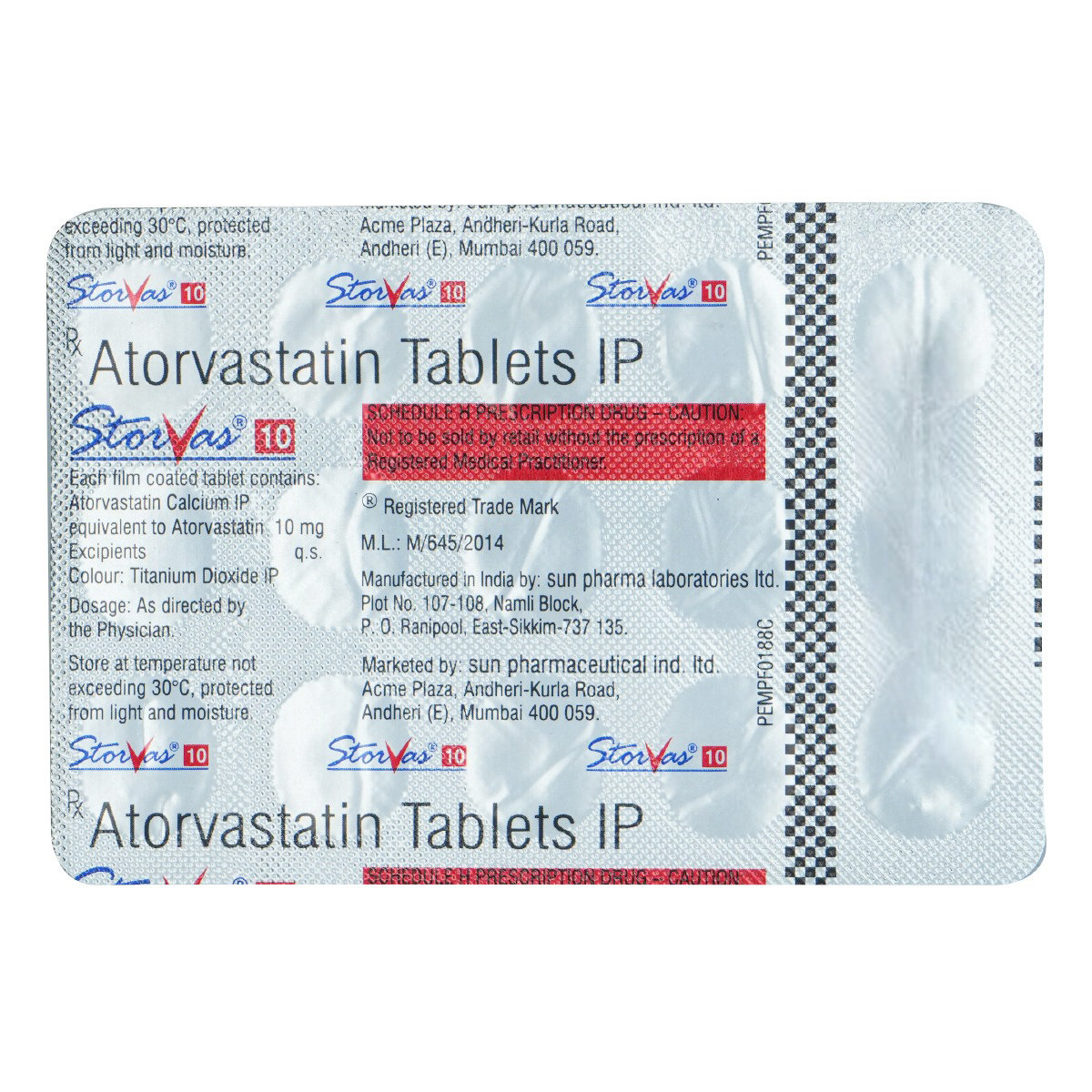
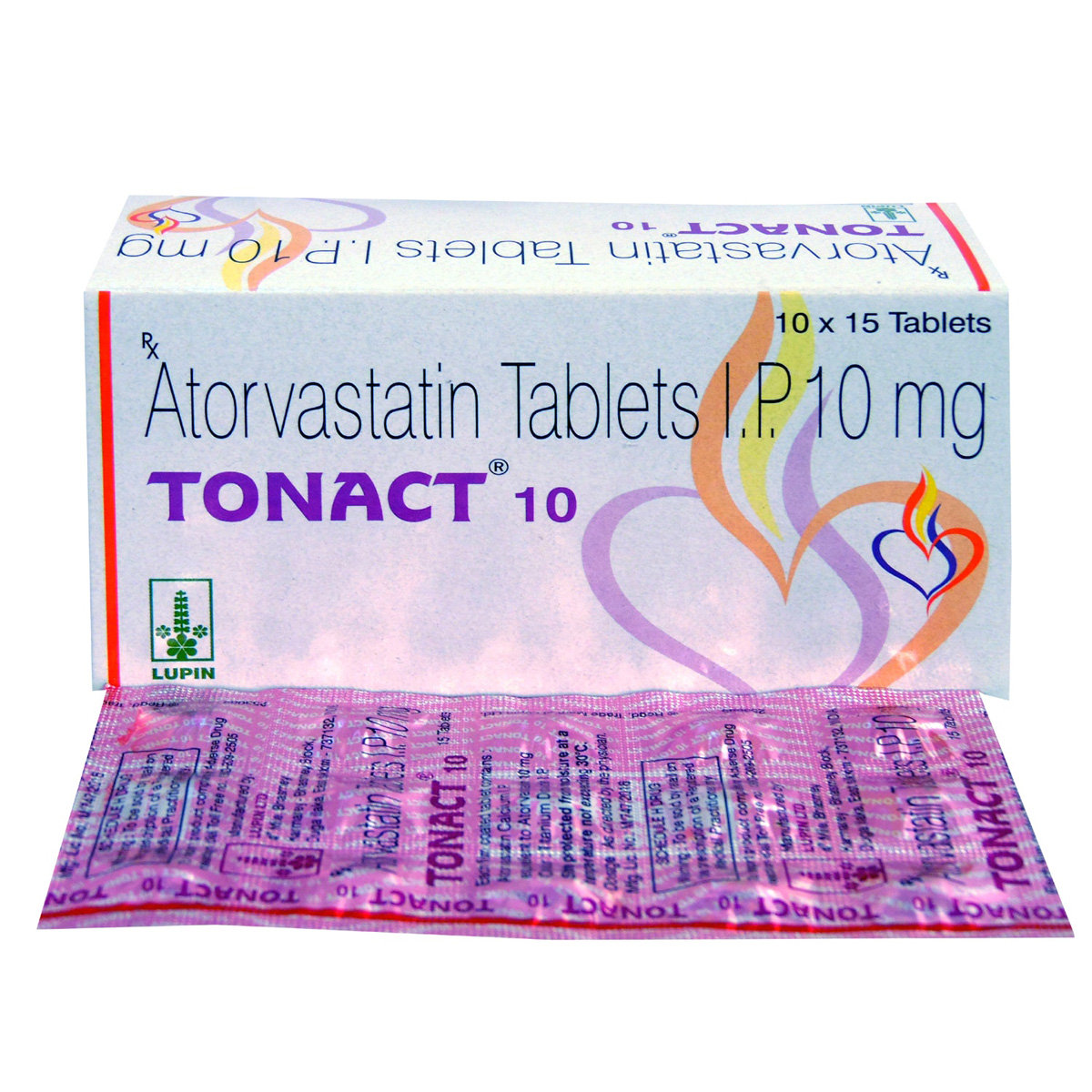
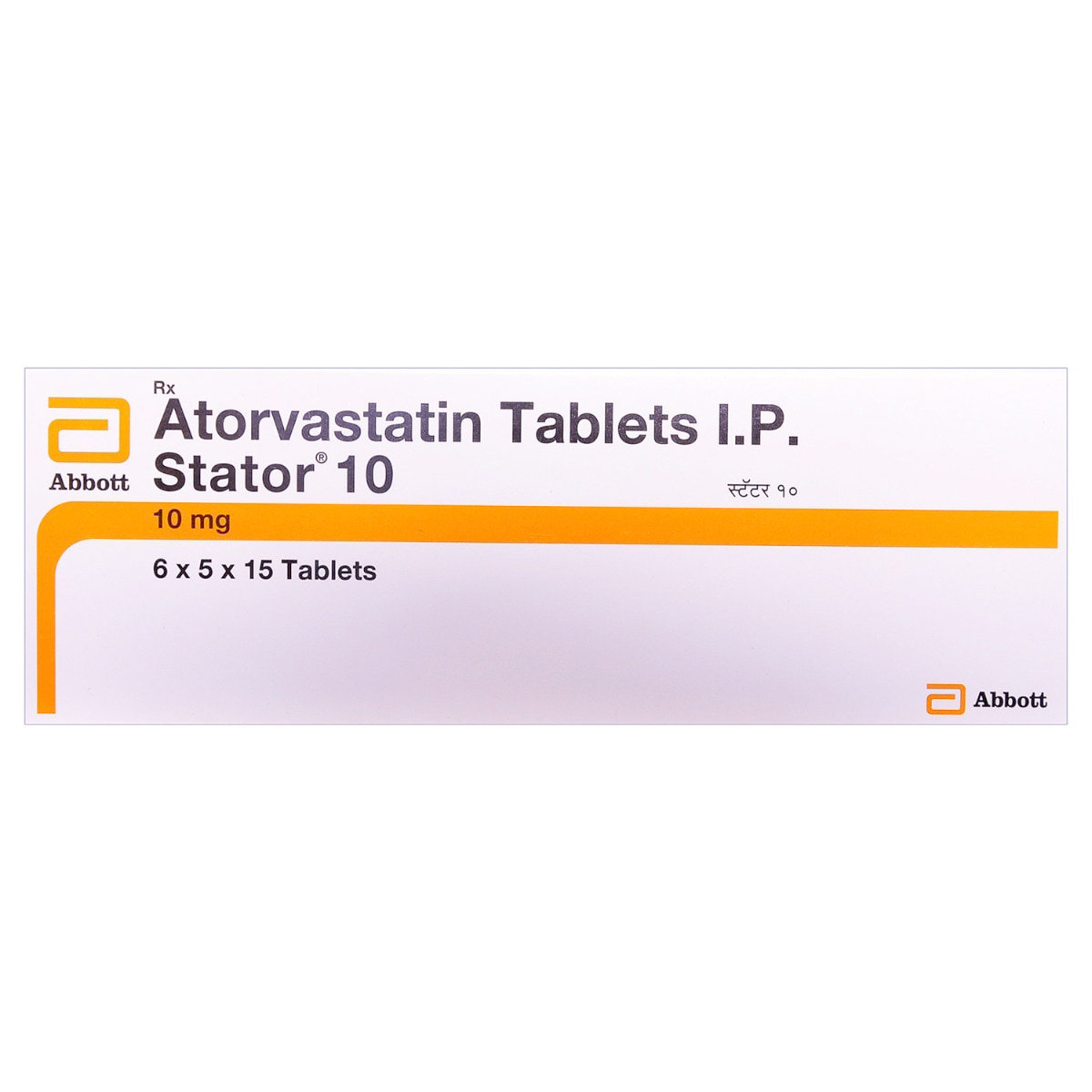
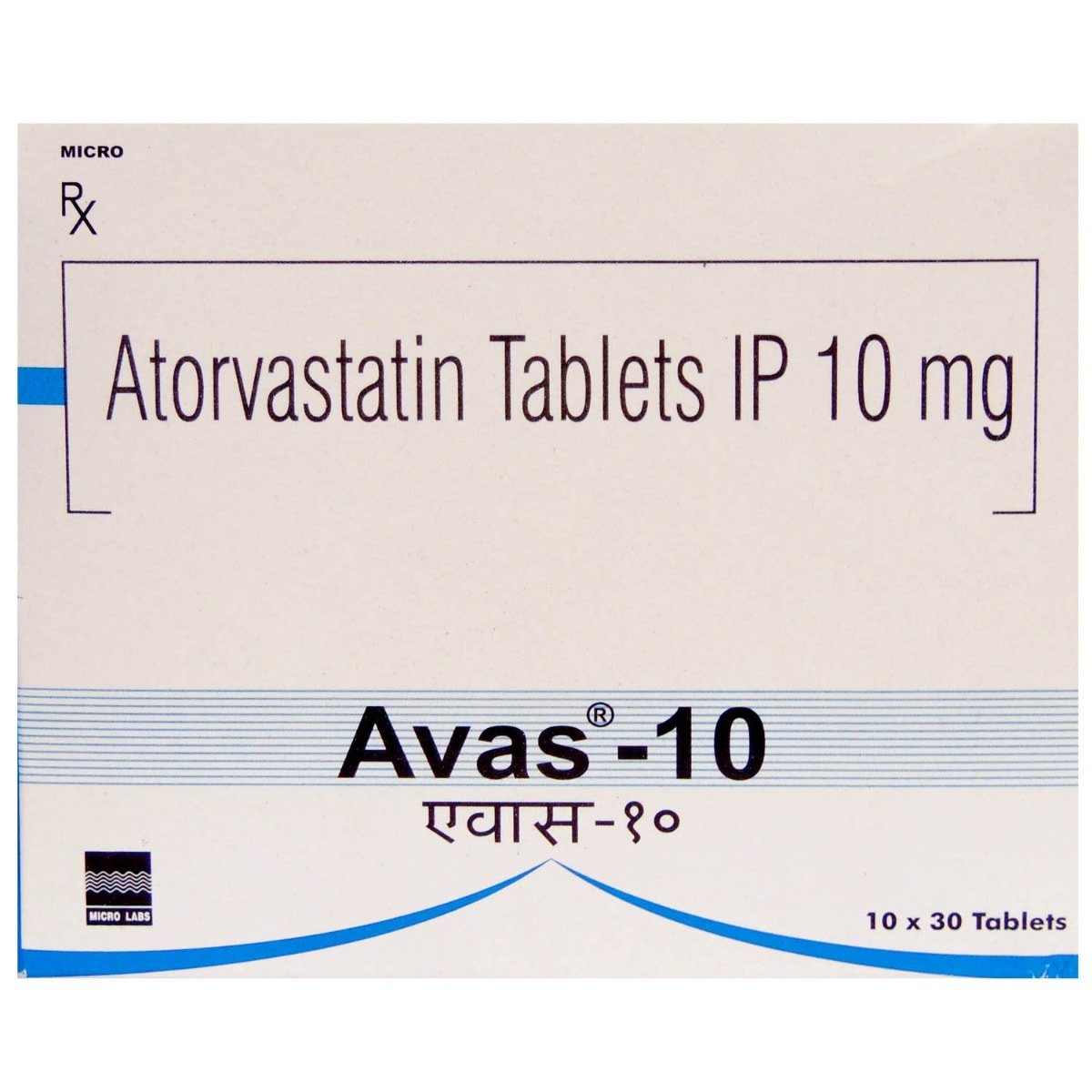
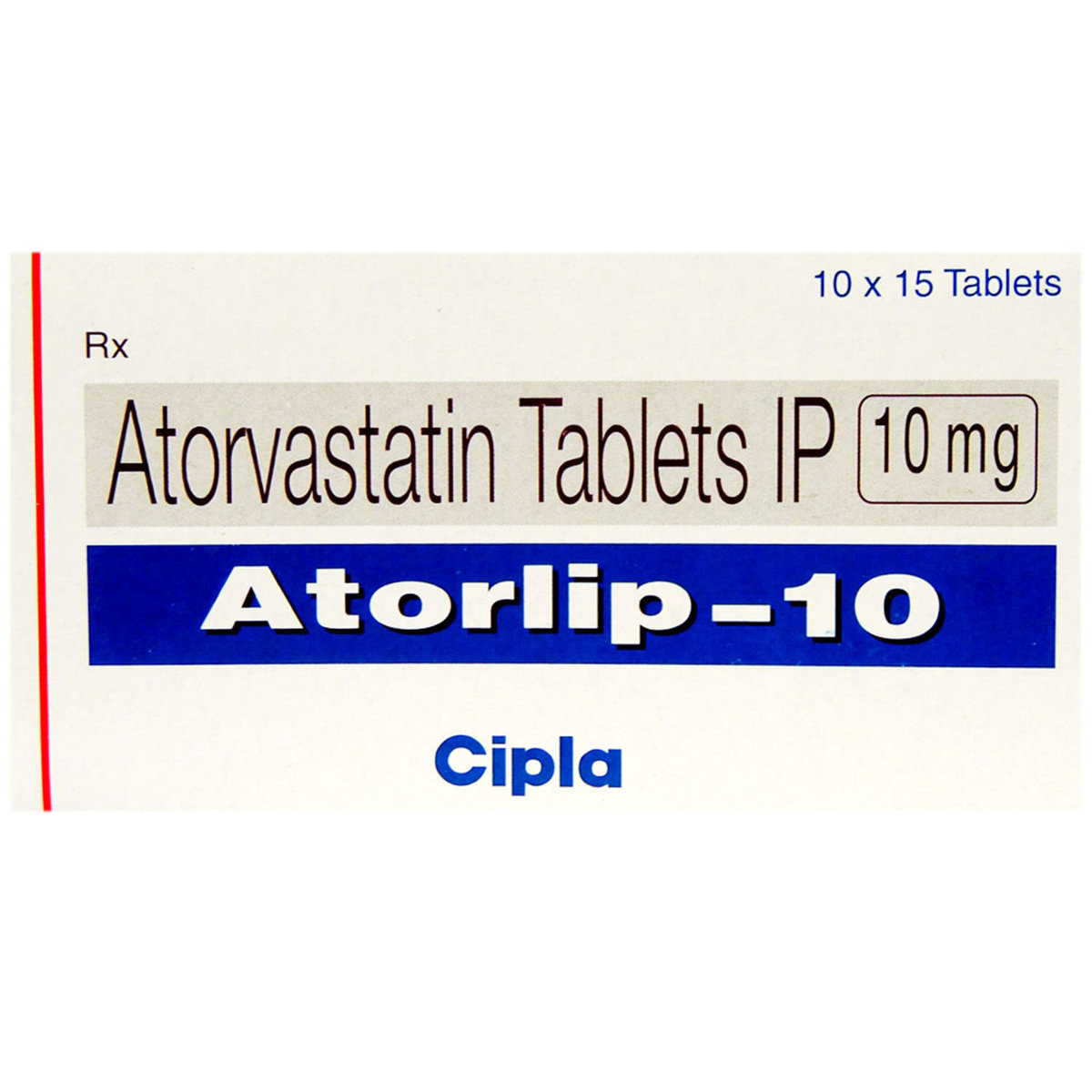

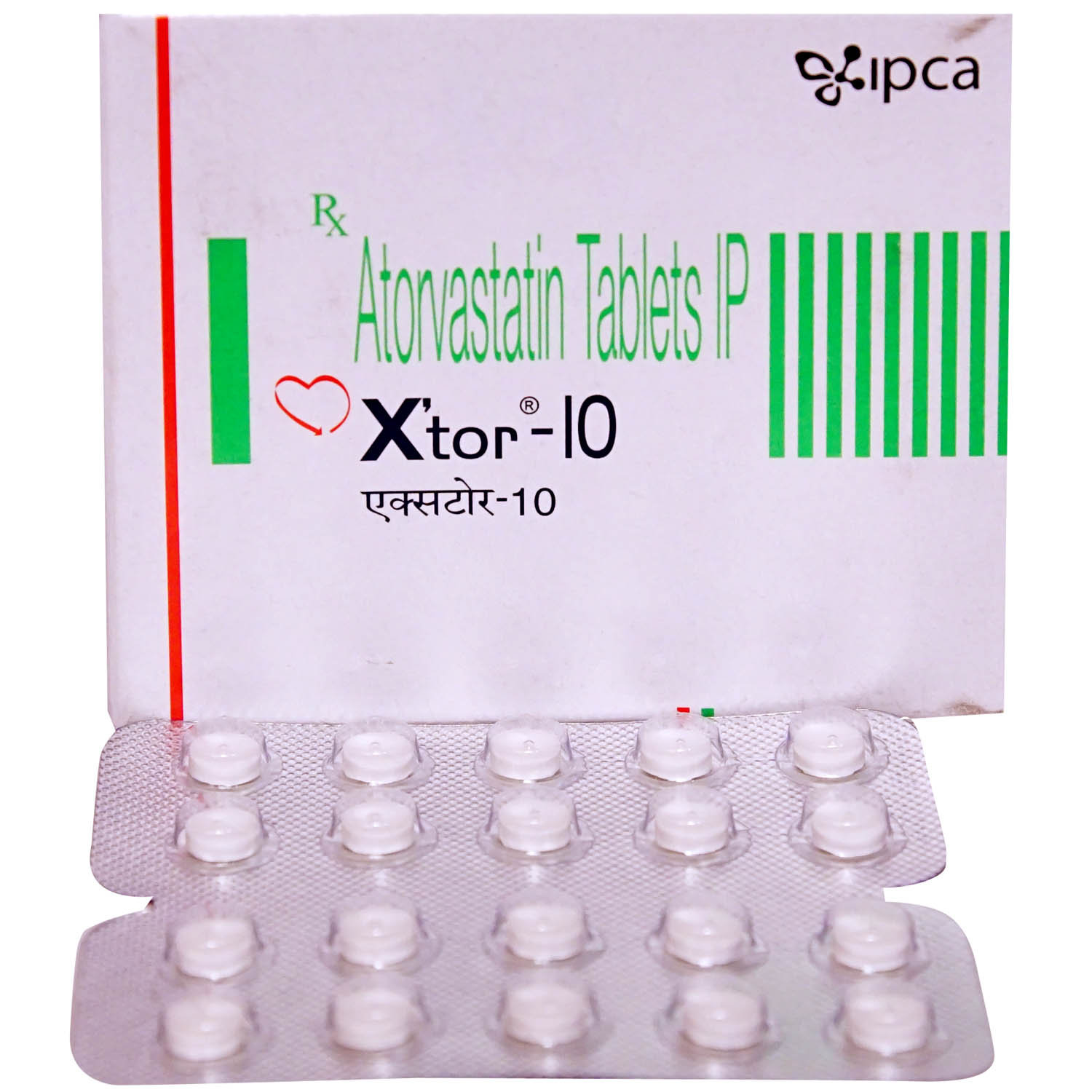


_0.jpg?tr=q-85)
